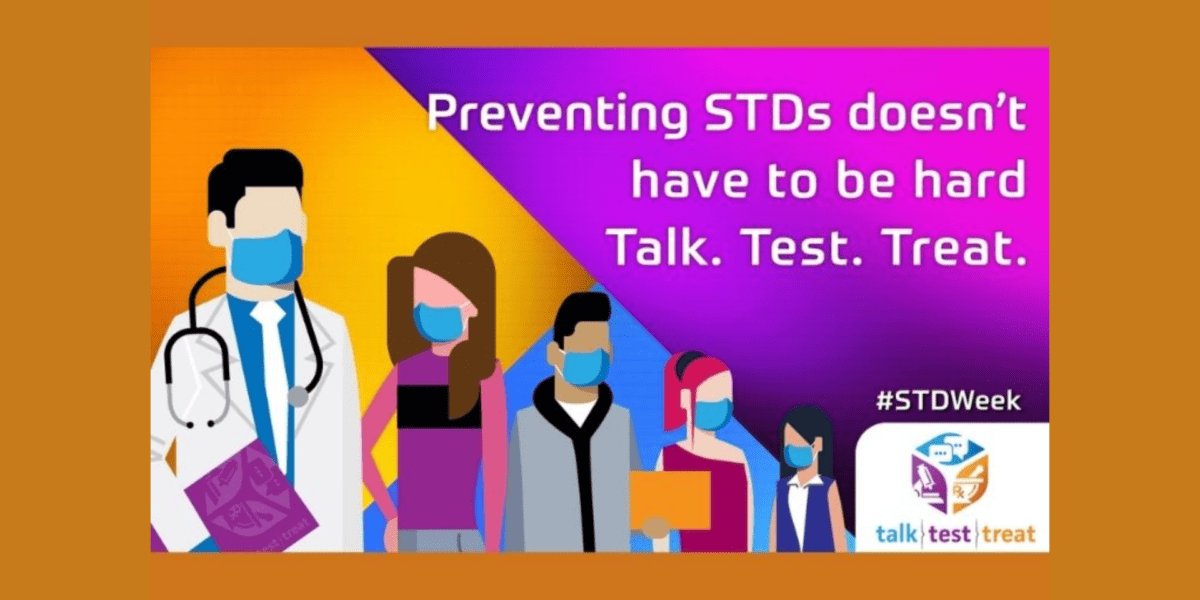
We’ve come a long way from the days of Edward Jenner and the development of the first vaccine against smallpox in 1796. Since then, the health of individuals around the world has been transformed by vaccines—dangerous diseases have been eradicated and millions of serious illnesses have been prevented. Long before the availability of current vaccines, communities in India and China practiced a procedure known as inoculation or “variolation” (named for variola, the smallpox virus) in which material from an infected patient (like a smallpox scab) was rubbed into the skin of a healthy person. As a result of the procedure, patients would sometimes develop a mild form of the disease but ultimately developed immunity to the specific infection. In 1718, Lady Mary Wortley Montagu, the wife of a British ambassador, brought the procedure to Europe, where she conducted experiments, including on her own children, to prove the method was effective. Her experiments proved successful, and variolation became a common medical practice. However, variolation would sometimes fail to produce immunity, or worse, kill the patient.
 Beginning in 1760, British scientist Edward Jenner began experimenting with material from cowpox, an infectious disease that primarily affected cows but could also produce a mild disease in humans. Cowpox was first observed in milkmaids since they had prolonged exposure to infected cows. Jenner observed that these milkmaids had developed natural immunity to smallpox, so in 1796, he inoculated an eight-year-old boy named James Phipps with material from a cowpox patient. Jenner observed that when Phipps was exposed to smallpox material, he did not develop the disease. By 1798, Jenner had turned these findings into the first-ever “vaccine” (named for Variolae vaccinae or smallpox of the cow). Less than two hundred years later, in 1979, smallpox—a disease that had killed an estimated 300 million people in the 20th century alone—was declared as the first disease eradicated due to successful vaccination programs.
Beginning in 1760, British scientist Edward Jenner began experimenting with material from cowpox, an infectious disease that primarily affected cows but could also produce a mild disease in humans. Cowpox was first observed in milkmaids since they had prolonged exposure to infected cows. Jenner observed that these milkmaids had developed natural immunity to smallpox, so in 1796, he inoculated an eight-year-old boy named James Phipps with material from a cowpox patient. Jenner observed that when Phipps was exposed to smallpox material, he did not develop the disease. By 1798, Jenner had turned these findings into the first-ever “vaccine” (named for Variolae vaccinae or smallpox of the cow). Less than two hundred years later, in 1979, smallpox—a disease that had killed an estimated 300 million people in the 20th century alone—was declared as the first disease eradicated due to successful vaccination programs.
The history of the smallpox vaccine is only the beginning of the story of how vaccines have transformed global public health. Indeed, vaccines are among the most significant achievements in public health. Between 1924-2013, childhood vaccinations prevented more than 100 million cases of serious diseases.
NFID has developed a #ShotOfScience campaign to share tools and resources on the history and science of vaccines. Campaign materials include sample social media posts, graphics, and a timeline infographic. We encourage you to participate in the campaign to promote greater understanding about the science, safety, and efficacy of vaccines. Get involved by taking these 4 easy steps:
- Share this blog post
- Join the 4/22/17 Thunderclap, Vaccines: A #ShotOfScience (you must sign up by 4/22)
- Download & share animated GIFs on vaccine safety and science
- Print/post the Brief History of Vaccine Accomplishments infographic
For additional information, visit www.nfid.org/vaccine-science.
To join the conversation, follow NFID (@nfidvaccines) on Twitter using the hashtag #ShotOfScience, like NFID on Facebook, join the NFID Linkedin Group, and subscribe to NFID Updates.
Related Posts

Protecting Children as They Head Back to School
As school gets underway, experts from the National Foundation for Infectious Diseases (NFID) offer insights on childhood immunization

Lifelong Conversations about Sexual Health
Teen Health Week is April 4-10, 2022, and STD Awareness Week is April 10-16, 2022, both of which provide an opportunity for healthcare professionals to begin lifelong conversations with patients about sexual health and the importance of staying up to date on all recommended vaccines …

Vaccines Are Not Just for Young Children
CDC recommends vaccinations from birth to adulthood to provide a lifetime of protection. Yet many adolescents are not vaccinated as recommended, leaving them unnecessarily vulnerable. International Adolescent Health Week (March 20-26, 2022) is a perfect time to make sure that pre-teens and teens are up to date on all recommended vaccines …
